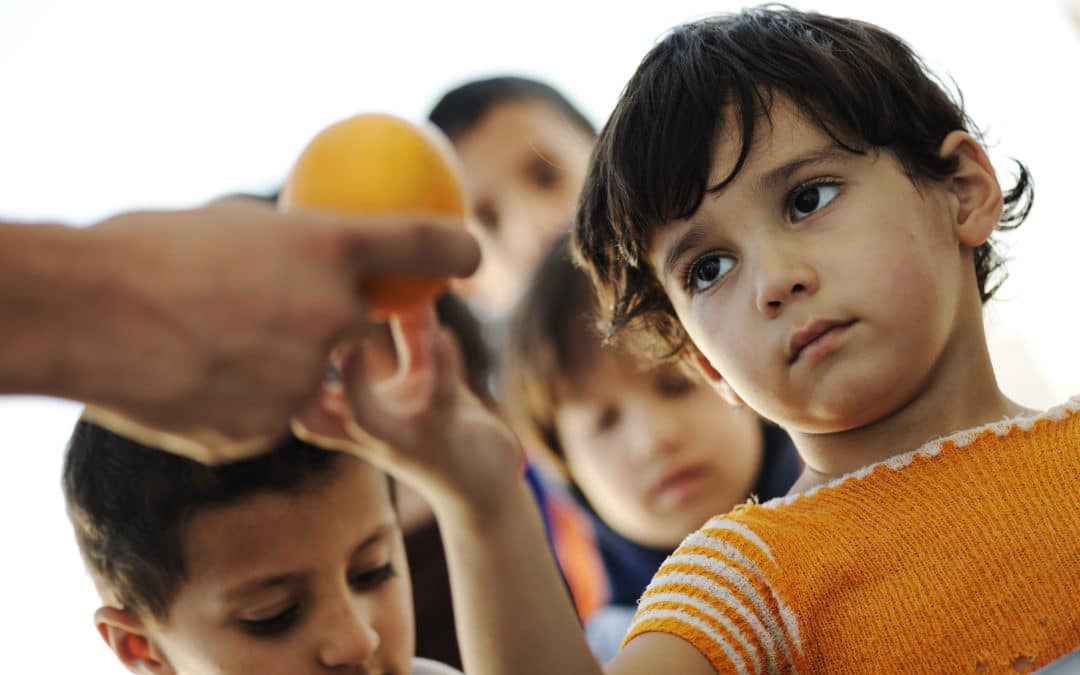As children return to school, many will be participating in the federal National School Lunch Program. The NSLP provides free or reduced price meals and serves 20 million lunches and 11.6 million breakfasts daily. The start of a new school year is good news for the 30 million kids who will have a guaranteed meal – sometimes their only meal. Those statistics are jarring. What can we do to prevent kids from facing hunger in the first place?
The stated mission of the U.S. Department of Health and Human Services is to “enhance and protect the health and well-being of all Americans”. It got us thinking. And we have a few questions for HHS Secretary Alex Azar.
1. How does the HHS current family planning modeling actually assure at least a minimum level of well-being for each child born in the United States?
2. How does that level of well-being reflect every child’s right to a fair start in life, with equal opportunities in life for wealthy kids and poor kids?
3. How does the HHS current family planning modeling account for the impacts of growth on the natural environment and communities, including exacerbation of climate change and urban gridlock?
4. How does the HHS current family planning modeling account for the demands that growth places on social service systems like education, nutrition, and healthcare?
5. How does the HHS current family planning model account for the impact of growth on the democratic processes of the United States, and the ability for all citizens to have a meaningful and equal voice in those processes?
Want answers as much we do? Add your name here.

